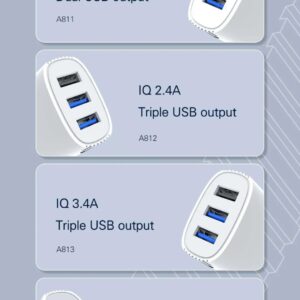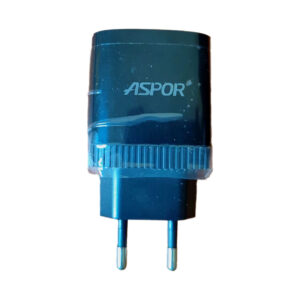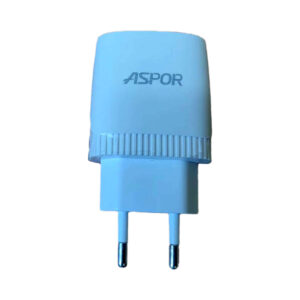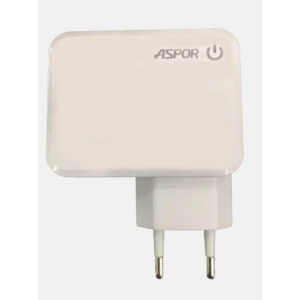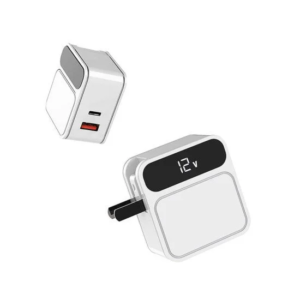Mobile phone chargers are essential for keeping your phone powered up and ready to use. They come in various shapes, sizes, and types, making it essential to understand their features and compatibility with your device.
Types of Mobile Phone Chargers
There are several types of mobile phone chargers available, including:
- USB chargers
- Wireless chargers
- Portable chargers
- Car chargers
- Solar-powered chargers
Each type has its advantages and disadvantages, depending on your needs and preferences. USB chargers are the most common type and can be used with a range of devices, while wireless chargers eliminate the need for cables. Portable chargers are convenient for on-the-go charging, while solar-powered chargers are eco-friendly and can be used outdoors.
Wall Chargers vs. Portable Chargers
Wall chargers and portable chargers are the two most common types of mobile phone chargers. Wall chargers are plugged into a power outlet and provide a steady power supply to your phone. Portable chargers, also known as power banks, are battery-powered and can be charged beforehand, providing a mobile and convenient charging solution.
Charging Speed and Capacity
The charging speed and capacity of a charger depend on its output power and capacity. The higher the output power, the faster your phone will charge. Similarly, a higher-capacity charger can provide more charge cycles, reducing the need for frequent charging.
Compatibility with Mobile Phones
Using a compatible charger is crucial for ensuring your phone’s safety and performance. Using an incompatible charger can damage your phone’s battery and cause it to malfunction. To ensure compatibility, check your phone’s manual or consult with the manufacturer to choose the right charger.
Safety Measures when Charging
To avoid potential hazards, it is crucial to take safety measures when charging your phone. Avoid overcharging your phone, keep it away from heat and water, and use a reliable and compatible charger. Unplug your phone once it’s fully charged and avoid using it while it’s charging.
Tips to Maintain Mobile Phone Chargers
To extend the lifespan of your mobile phone charger, maintain it properly. Store it in a dry and cool place, avoid exposing it to extreme temperatures, and use it regularly to prevent the battery from draining. Additionally, avoid bending or twisting the cable and unplug the charger by gripping the plug, not the cord.
Signs of a Damaged Charger
A damaged charger can pose a threat to your phone’s safety and performance. Signs of a damaged charger include frayed wires, loose connections, and physical damage to the charger’s body. If you notice any of these signs, replace the charger immediately.
How Often to Replace Mobile Phone Chargers
There is no set timeline for replacing a mobile phone charger, but it is recommended to replace it if it shows signs of wear and tear or no longer functions correctly. A high-quality charger can last for several years if maintained and used properly.
Conclusion:
Choosing the right charger for your phone is crucial for its safety and performance. Consider factors such as the type, charging speed and capacity, compatibility, and safety measures when choosing a charger. Maintaining your charger properly and replacing it when necessary can extend its lifespan and ensure your phone stays powered up. By understanding the different types of mobile phone chargers and their features, you can choose the right charger for your device and keep it charged and ready to use at all times.
FAQs:
Question: Can I use any charger for my mobile phone?
Answer: No, it is essential to use a compatible charger to ensure your phone’s safety and performance.
Question: What is the difference between a wall charger and a portable charger?
Answer: A wall charger is plugged into a power outlet and provides a steady power supply, while a portable charger is battery-powered and can be charged beforehand, providing a mobile and convenient charging solution.
Question: Are wireless chargers better than USB chargers?
Answer: It depends on your needs and preferences. Wireless chargers eliminate the need for cables, while USB chargers are more versatile and can be used with a range of devices.
Question: Can I overcharge my phone?
Answer: Yes, overcharging your phone can damage its battery and cause it to malfunction.
Question: Can I use my phone while it’s charging?
Answer: It is not recommended to use your phone while it’s charging, as it can pose a potential hazard.
Question: How often should I replace my mobile phone charger?
Answer: There is no set timeline for replacing a mobile phone charger, but it is recommended to replace it if it shows signs of wear and tear or no longer functions correctly.
Question: How do I maintain my mobile phone charger?
Answer: Store it in a dry and cool place, avoid exposing it to extreme temperatures, and use it regularly to prevent the battery from draining. Additionally, avoid bending or twisting the cable and unplug the charger by gripping the plug, not the cord.
Question: What should I do if my charger is damaged?
Answer: Replace it immediately to avoid potential hazards and ensure your phone’s safety and performance.
Question: Are solar-powered chargers effective?
Answer: Solar-powered chargers are effective for outdoor use and are eco-friendly, but their charging speed may be slower than other types of chargers.
Question: Can I use a charger from a different brand than my phone?
Answer: It is recommended to use a charger from the same brand as your phone to ensure compatibility and safety. If using a different brand, check for compatibility and consult with the manufacturer.



